
Whether you just moved into a brand new home, or your yard just needs an update, you’re probably wondering how to get a thick plush-green lawn. It’s a question I get all the time at GreenPal consulting when homeowners come to us to help them find a contractor to renovate their lawn. I wish I could tell them it’s as easy as buying a bag of seed, but there’s a lot more to it.
The three most effective ways to establish or renovate your lawn are aerating and over-seeding, hydro-seeding and laying sod. Here we will briefly discuss each option and the cost versus benefit of each. Basically, it boils down to how much you want to invest upfront versus how long you are willing to wait for results.
Aeriation and over-seeding
The least expensive upfront option is seeding your lawn with the proper variety of turf grass seed for your region. This is what most builders do with new construction homes to comply with local codes. In most cases they will sprinkle some low grade seed over the bare soil and cover it with straw to help prevent erosion. This is the most basic method to start your lawn, but it’s the least effective as only about 15 to 20 percent of the seed will germinate and the result will be a sparse lawn full of weeds.
But don’t despair, you can follow up with an aeriation and over-seeding in the fall or spring to build up the turf. This is still your least expensive option, however it will take a couple seasons to build up a thick turf. You can do this yourself by renting an aerator, which is a machine that plugs holes in the soil, loosens it up and prepares the ground to receive the seed that you are planting. Aerating increases the germination rate of the seed you spread. So it doesn’t matter if you’re starting from scratch or have a lawn that needs some help, aeration and over-seeding is a good cost-effective option when done in the spring or fall.
Renovating your home?
Find out what your home's worth, edit facts, and see the impact of home projects.
Hydroseeding
Renovating your home?
Hydroseeding is performed by a professional with specialized equipment. It is not a DIY option. Although it’s not as popular as seeding or sod, hydroseeding is a good cost versus benefit alternative between a basic seeding or the heavy initial investment of sodding. If you’re considering hydroseeding as an option, you need to start with bare soil. This makes it a good option for new construction.
If you have lived in your home for a few years and have some grass already, you will need to first prepare the soil before hydroseeding. This will involve removing all of the existing grass and weeds and preparing the lawn to bare dirt before the hydroseeding mixture cab be applied to soil. You’ll need to contract a professional hydroseeding company nearby you if you are considering this alternative. They will spray a green liquid seed/paper substance over the bare soil that will stick to the ground.
Hydroseeding will typically yield about 75 percent germination rate, because the liquid paper mixture sticks to the bare soil. It is still best to hydroseed in the spring and fall. The cost can be 3 to 4 times what aeriation and over-seeding costs, however, the results can be worth the additional investment. While it can take two or three full seasons to establish a nice lawn with seeding along, I have seen lawns hydro-seeded in the fall, properly cared for with watering, and in the spring, they look just a good as a sodded lawn, and for a third of the cost.
Looking to save money on your mortgage?
Installing Sod
By far the best option for immediate results is to install sod. Laying sod will require the lawn to be prepped to bare soil if you have an existing lawn, as you will not want to lay sod over any existing grass or weeds. Sod is also great for new construction. There’s nothing like moving into your new home with a perfect plush lawn. Its best to install sod in the spring and fall, however, it can be done in the summer so long as you are very careful to heavily water the newly laid turf.
Be advised, no matter when you lay sod, it will need to be watered twice a day seven days a week for at least three weeks so it can root. Sod will cost two to three times what hydro-seeding will cost, but you get instant results. You don’t have to wait two or three seasons for a full, lush lawn. The sod farm has already done that for you, and transplanted it to your home. So if you can afford the extra initial investment, sodding is the best bet for an instant plush lawn.
If you are looking to fit installing sod into your budget, you can do sodding yourself. Most sod farms will deliver the turf right to you. Just make sure you have lots of help ready, as it’s very labor intensive to place each square of sod yourself.
In conclusion, getting a plush lawn is all about upfront investment versus delayed gratification. A seeded lawn will be cheaper in the beginning, but you will need to re-seed for two to three seasons to get the results that sod delivers day one. No matter which route you go, you will also need to incorporate a lawn care fertilization and weed control program to protect and maintain your investment.







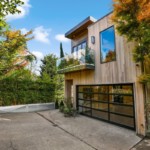

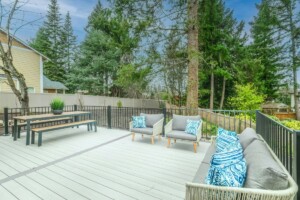
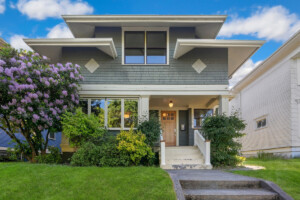

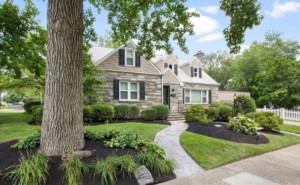

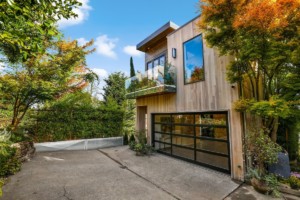











 United States
United States Canada
Canada